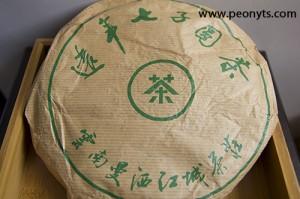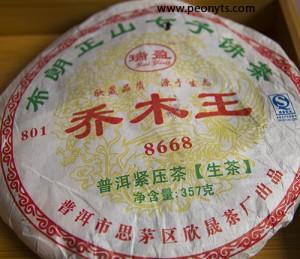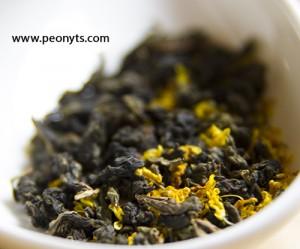Just before the spring teas comes in, we went ahead and added 3 new teas to our lineups, all of which I didn’t think we would dabble in- at least not so soon.
2 Sheng Puer
On an earlier post, I mentioned I didn’t sell Sheng Puer because I didn’t feel comfortable in my limited knowledge of it.
Specifically, I was uncertain of
i) Being able to identify the age of Puer

iii) Getting a reliable source of well-aged Puer that is affordable
I didn’t want to purchase a few tongs of young Sheng that doesn’t improve with age well telling customers it would be awesome a decade down the road. Just because there is unlikely to be any recourse for the customer doesn’t make it any more right.
Further, as a fervent believer of TCM, I wouldn’t want to drink young Sheng regularly for fear of damaging my digestives. What I wouldn’t want for myself, I wouldn’t wish upon others either.
On the other hand, building Puer inventory in the post 2006 era is perilous. In a nutshell: a newish Puer vendor is many a ‘Lao Banzhang’ hoarder’s dream come true.
So I resisted selling Sheng, while slowly building a cake or 2 on each of my China trips, none of which I have touched to date.
Fortunately, guanxi is not always an obstacle. Without writing some romantic tale, I had managed to secure some Sheng Puer from someone I know and trust- no easy feat in this or any industry.

Yunnan Mansa Jiangchen Yuannian Qizi Bing ~2005
Bulang Zhengshan Qiaomu Wang 2008
A Scented Oolong
My impression was that our huacha lineup would begin and end with Jasmine tea, maybe we will add another jasmine to our best-selling Jasmine Pearl but that’s it.
Particularly for oolongs where I had a long list of planned additions lined-up (Dahongpao, Huang Zhi Xiang, dark roasted Tieguanyin, Dongfang Meiren and so on).
But how could one resist anything with a solid Tieguanyin base?
Therein lies the charm of osmanthus oolong.

Oolong base doesn’t absorb as much of fragrance as green tea base, hence unlike jasmine tea, the osmanthus fragrance is much subtler, even when a smattering of actual osmanthus petals is added.
It’s this hide-and-seek that one plays with the osmanthus fragrance plus the allure of Tieguanyin and an affordable price tag that elevates osmanthus oolong past the queue.
